American IPA, the hop-forward darling of the craft beer world, is a bold and unapologetically bitter brew that's captivated beer lovers worldwide. This iconic style showcases intense hop flavors and aromas, ranging from citrusy and piney to tropical and floral. Born from the American craft beer revolution, IPAs have become synonymous with innovation and pushing flavor boundaries. Did you know? The acronym "IPA" is searched online more than any other beer style, reflecting its immense popularity and cultural impact.

American IPA is celebrated for its bold hop character and assertive bitterness, a true showcase of the brewer's art in balancing intensity with drinkability. Its appearance ranges from golden to deep amber, crowned with a frothy, off-white head that often leaves lacing on the glass. As renowned beer writer Michael Jackson once said, "The American IPA is like a symphony of hops, with each sip revealing new notes and complexities."
The aroma and flavor profile of an American IPA is a hop lover's dream. Intense hop notes dominate, offering a bouquet of citrus, pine, tropical fruit, and floral characteristics. These flavors are underpinned by a solid malt backbone, providing just enough sweetness to balance the hop bitterness. The interplay between hop and malt creates a complex taste experience, with the bitterness ranging from assertive to aggressive, yet rarely harsh. A clean fermentation profile ensures that the hop character remains the star of the show.
In terms of mouthfeel, American IPAs typically present a medium body with moderate to high carbonation, creating a crisp and refreshing texture. The alcohol content, usually ranging from 6.3% to 7.5% ABV, contributes to a warming sensation and adds depth to the overall flavor profile. This combination of body, carbonation, and alcohol content makes American IPAs both satisfying and dangerously drinkable.
On the Standard Reference Method (SRM) scale, American IPAs generally fall between 6 and 14, reflecting their golden to amber hues. When poured, an American IPA is a sight to behold: a gleaming, hop-hazed amber liquid topped with a creamy head, inviting the drinker to explore its depths of flavor and aroma.
The rise of American IPA has fundamentally changed the beer landscape, inspiring countless variations and spin-offs. From West Coast to New England styles, brewers continue to experiment with hop varieties and brewing techniques, ensuring that the world of IPA remains ever-evolving and exciting.




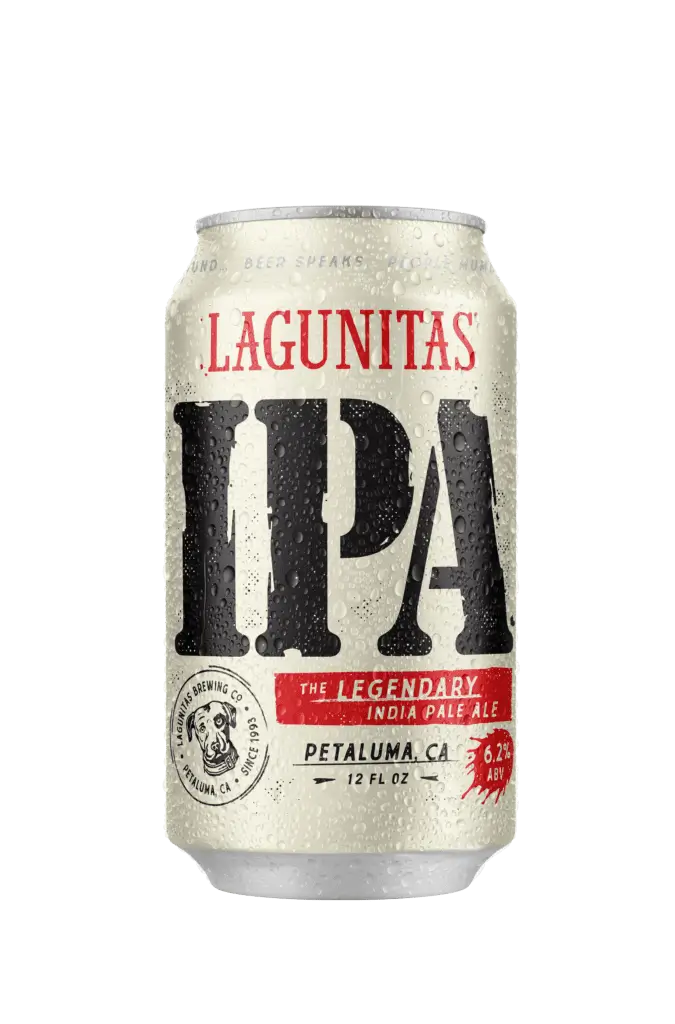
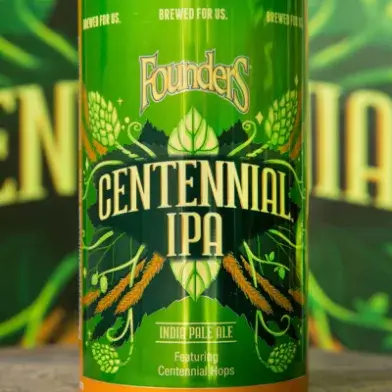
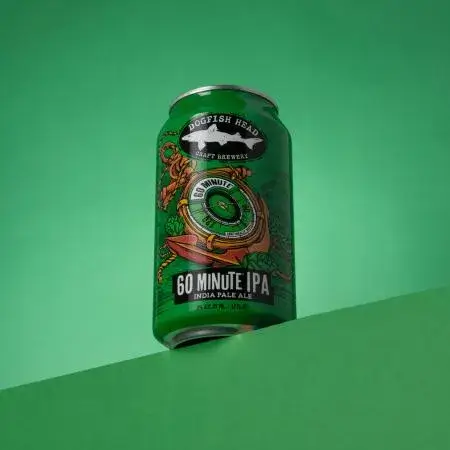
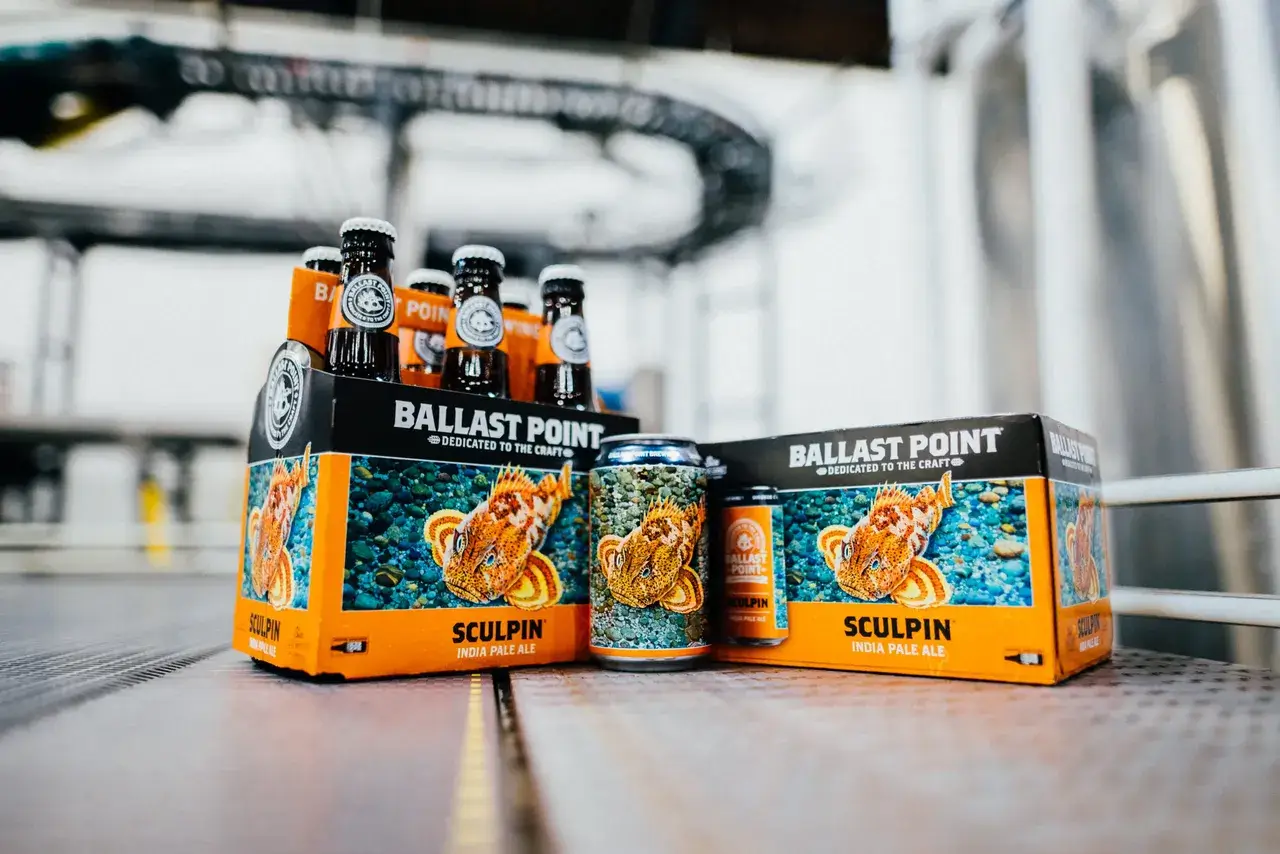
Brewing American IPA is a delicate balance of art and science, requiring precise hop additions and careful temperature control to achieve the style's signature bold flavors and aromas. The key challenge lies in extracting maximum hop character while managing bitterness levels.
This process often involves multiple hop additions and techniques like dry hopping, which contribute to the beer's complex hop profile without adding excessive bitterness.
Brewing American IPA involves several key steps:


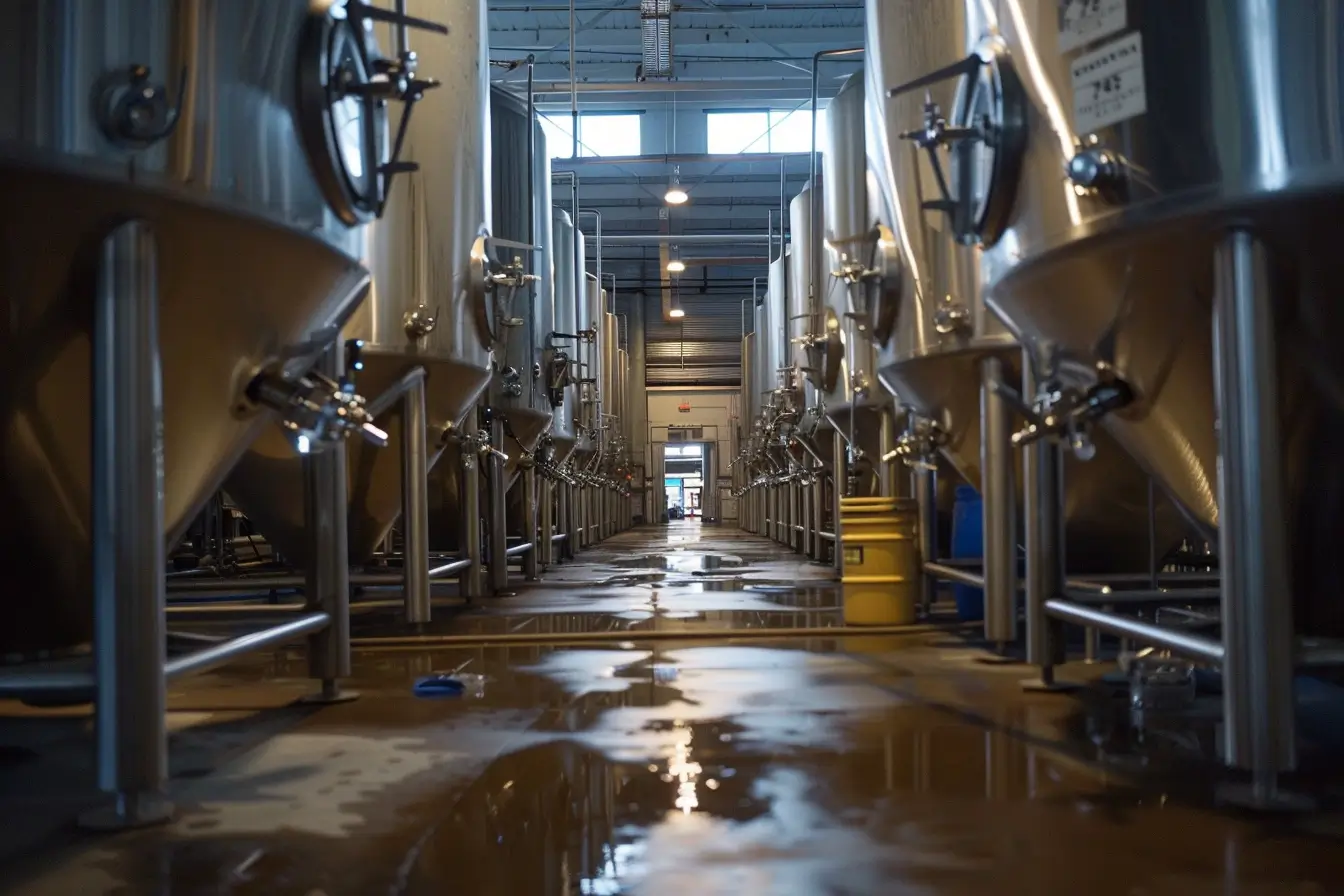
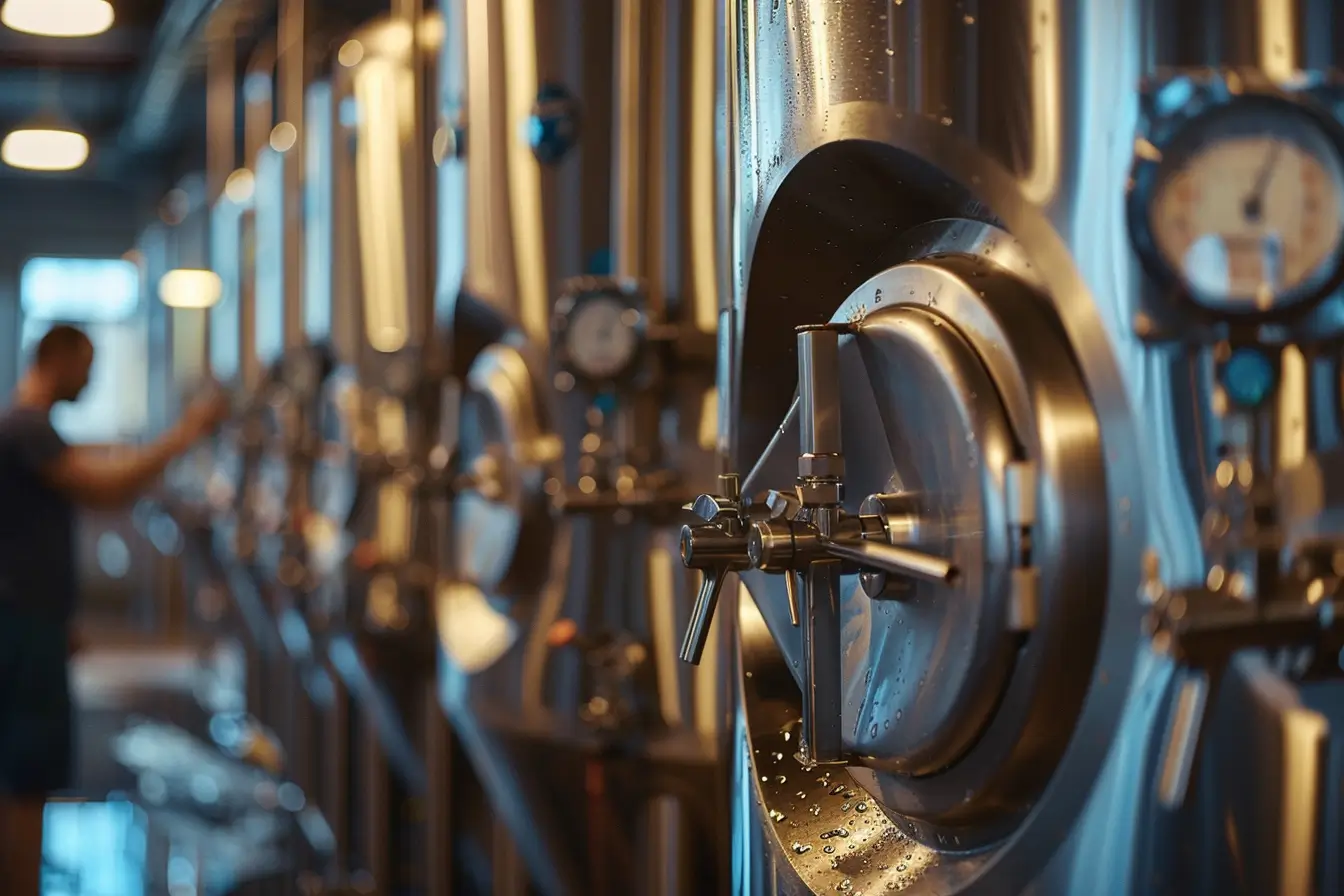
The American IPA emerged in the late 20th century as a distinctly American reinterpretation of the traditional English India Pale Ale. Its roots can be traced to the American craft beer revolution of the 1970s and 1980s, when pioneering brewers began experimenting with locally grown hop varieties, particularly those from the Pacific Northwest.
The style gained rapid popularity throughout the 1990s, becoming a flagship of the American craft beer movement. Its success was driven by beer enthusiasts' growing appreciation for bold, hop-forward flavors that showcased the unique characteristics of American hop varieties like Cascade, Centennial, and Chinook. The American IPA's rise to prominence has had a profound impact on the global brewing industry, inspiring new hop cultivation practices and influencing beer styles worldwide.

The release of Cascade hops, with their distinctive citrus and floral characteristics, would become a defining feature of American IPAs.
Often credited as the first modern American IPA, this beer from Yakima Brewing and Malting Co. showcased the potential of American hops in the style.
One of the first East Coast interpretations of the style, helping to spread the popularity of American IPA beyond the West Coast.
This iconic West Coast IPA helped define the style's characteristic intense hop bitterness and aroma.
The style's dominance at the Great American Beer Festival reflected its immense popularity and influence on American craft brewing.
Get quick answers to our most frequently asked questions about New England IPA (NEIPA)
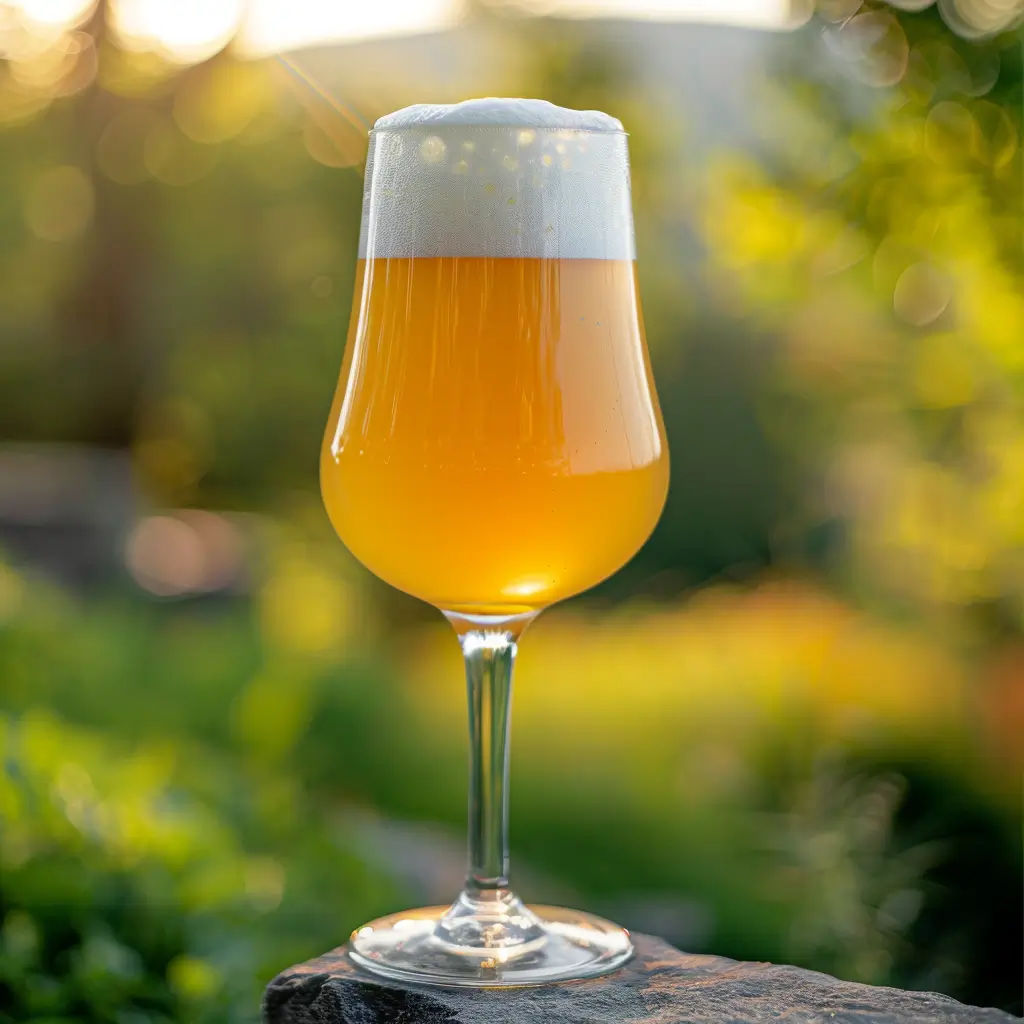
Want to read about other beer styles? We've got you covered!
IPA stands for India Pale Ale, though the American version is a distinct style from its historical English counterpart.
American IPAs typically feature bold American hop varieties, higher bitterness, and a cleaner fermentation profile compared to English IPAs.
While bitterness is a key characteristic, modern brewing techniques can balance this with hop flavor and aroma, resulting in IPAs with varying levels of perceived bitterness.
American IPAs are best served at 45-50°F (7-10°C) to showcase both hop aromas and flavors.
For optimal flavor, most American IPAs should be consumed within 3-4 months of packaging, as hop aromas and flavors can degrade over time.
Unlike some beer styles, American IPAs are not typically aged. They're best enjoyed fresh to appreciate their hop characteristics.
Spicy foods, grilled meats, and strong cheeses pair well with American IPAs, as the beer's bitterness and hop flavors complement these bold tastes.
American IPAs typically range from 6.3% to 7.5% ABV, making them stronger than average but not as potent as Imperial or Double IPAs.
The popularity of American IPA has led to the creation of numerous hop-forward styles and variants, influencing everything from pale ales to lagers.

Want to read about other beer styles? We've got you covered!